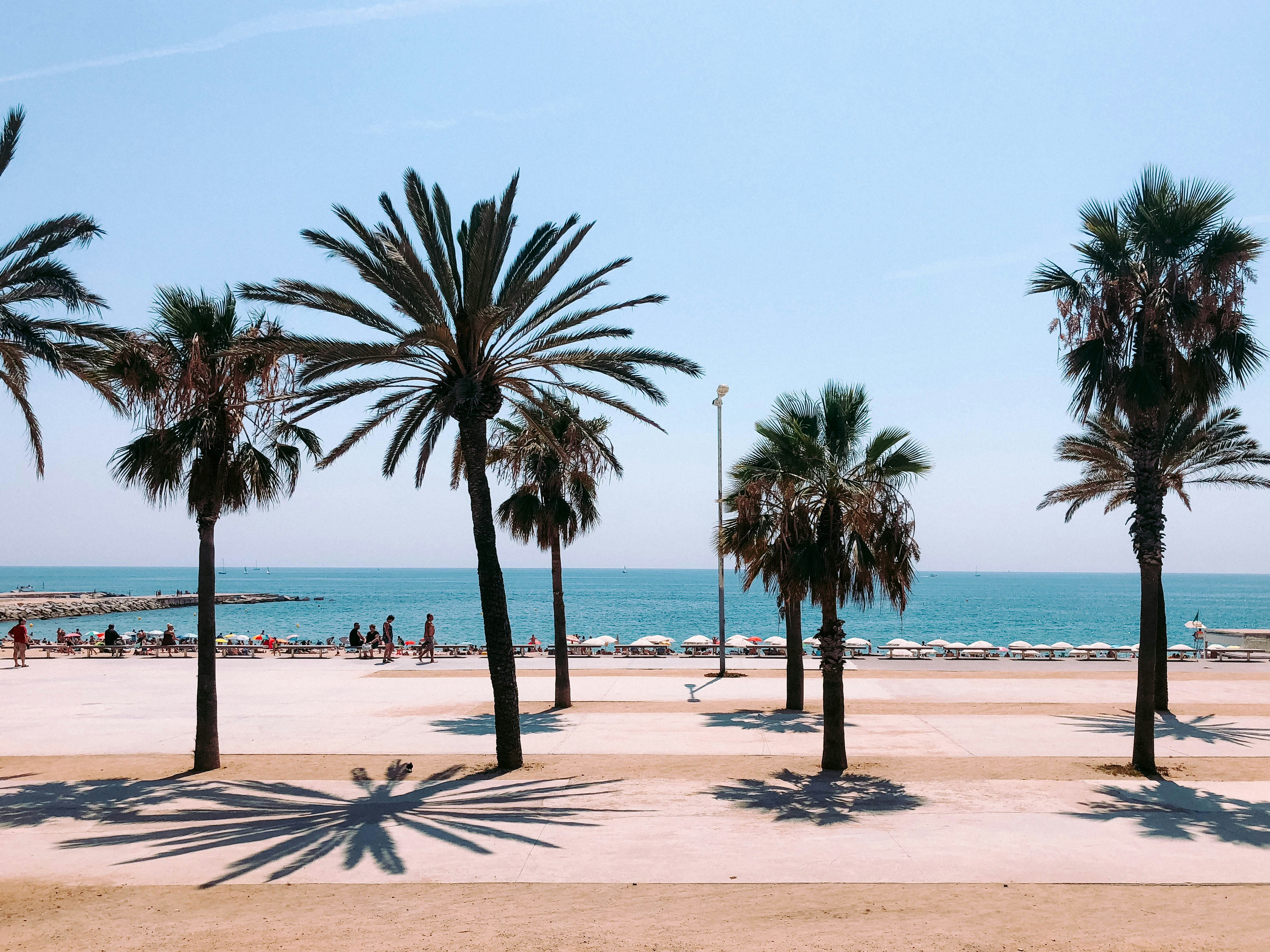La Barceloneta: a quarter with a maritime spirit
549 Years ago the breakwater of the port of Barcelona was built. Yesterday and today this work has three successive effects:
a) It interrupts the transit of sea currents.
b) It alters the natural migration of sand and sediments.
c) It favors the erosion of certain beaches, while in others, sand and sediments accumulate.
It is the third factor that made possible to have a solid base for the settlement of the neighborhood.
The project under which Barceloneta was built
At first sight it seems surprising that the project for the layout of Barceloneta, having a port nearby, was much later than that of, for example, Gràcia (1626 as opposed to 1749). It is only an appearance because it is not the same to be a municipality with fertile land (Gràcia) than to be considered a nuisance (the maritime district) where only the port is profitable.
The layout of Barceloneta in 1749 was octagonal, made up of fifteen streets parallel to the port, 7.5 meters wide, divided by three transversal ones, 9.3 meters wide. The rationality of the geometry sought to conceive a space with an equal number of houses on both sides.
It is not incorrect to argue that the first project to establish a stable human settlement in this territory was in 1718, but this sought to relocate the inhabitants of the Ribera but without any urban layout.
The economic metamorphosis of the neighborhood
In Barceloneta, to dedicate oneself to activities related to the sea was the most evident.
The sea had no economic rival until 1846 when the industries linked to the steam would be prohibited, inside the walled city. From that moment on, until 1920, Barceloneta would be industrial, moreover, in 1848 a second key infrastructure would be added to the port: the Mataró railroad and seven years later the Vulcano workshops would turn the district into a metallurgical center.
The Barceloneta urban transformation: 1986-1995
Until the seventies of the twentieth century, 15,000 people lived on the Somorrostro beach and part of the Barceloneta beach in 2,400 shacks. In 1986, with the pre-Olympic effort, Barcelona learn to live facing the sea and. In 1995, the Barceloneta promenade was inaugurated. It connects with the most emblematic street of the neighborhood, the Joan de Borbó avenue, and allows a view of the urban façade and the waterfront. There is a passage that softens the transition between the beach and the stone slab. A second section of the Passeig Marítim links Barceloneta with the Port Olímpic area.
The pre-Olympic reconversion attached to the described walkway arrived in time to project Barcelona's coastline internationally. Today tourists have easy access to the little more than a kilometer of beaches in the neighborhood, and, let's not forget, it is only three kilometers from Plaça Catalunya.
Emblematic buildings of the neighborhood
- Church of Sant Miquel del port: Baroque style and dating from the founding of the neighborhood (1755).
- 'Torre del rellotge': at the fishermen's mall, this building stands sober and imposing at the same time.
- 'Palau de Mar': elegant eclectic building conceived to house the port's magazems, its construction took place between 1880 and 1890 and it was built coinciding with the birth of the twentieth century.
- Barceloneta Market: made of elegant iron material that transmits solidity and elegance, it was built in 1884 three years before the Eiffel Tower - as the canons of the XIX century and the first part of the XX century did - this beautiful and functional market gave singularity to the neighborhood... at the same time that it carried out its function.
- 'Jaume Primer and Sant Sebastià Towers': since 1931 the iron structure speaks of its modernity and, the second one, 78 meters high, is the final station of the cable car that connects it with Montjuïc mountain.
- 'Hotel Vela': after reviewing historical monuments, it is worth mentioning a contemporary building that, since its completion in 2009, looks out over the sea from its 105 meters high and separates the commercial and leisure uses of the port. The project, designed in 1999 and started in 2004, is strongly influenced by the Burj-al-Arab building in Dubai, finished precisely in 1999.
The Barceloneta: home of one of Barcelona's most powerful teams
If we are asked: "say Barcelona's sport elite teams?" The answer is obvious, isn't it? Barça and Espanyol... Or maybe not? The second Barcelonian club with the European Cup (2005) and Spanish leagues in their trophy museum is located in the quarter.
The Club-Atlètic Barceloneta of waterpolo. As it is logical, when winning is the most normal thing -132 consecutive victories in Spanish men's competitions between 2005 and 2009- Atlètic-Barceloneta is a planter of internationals and a regular in the "champions".
We hope this article has convinced you that Barceloneta is worthy.
